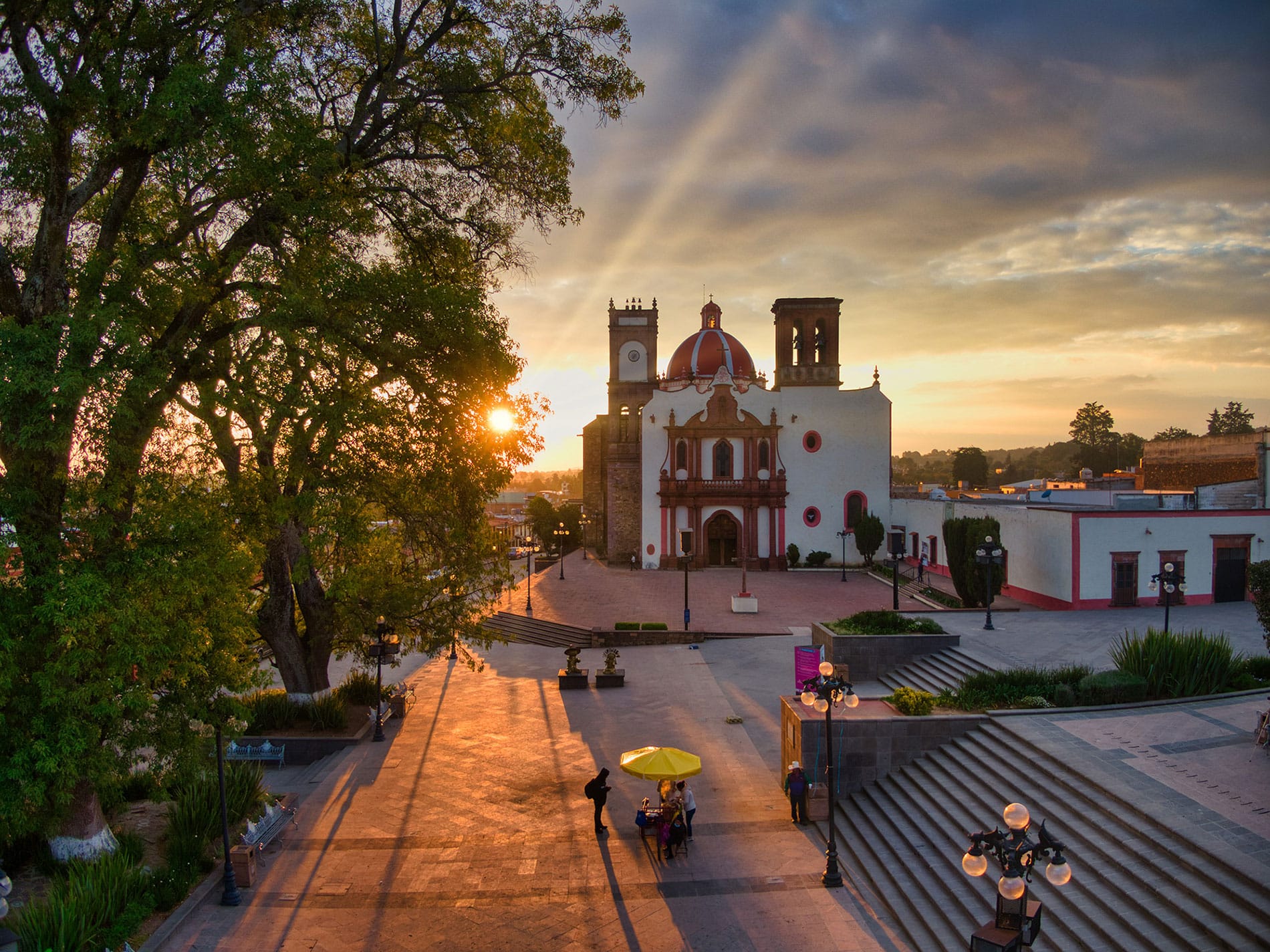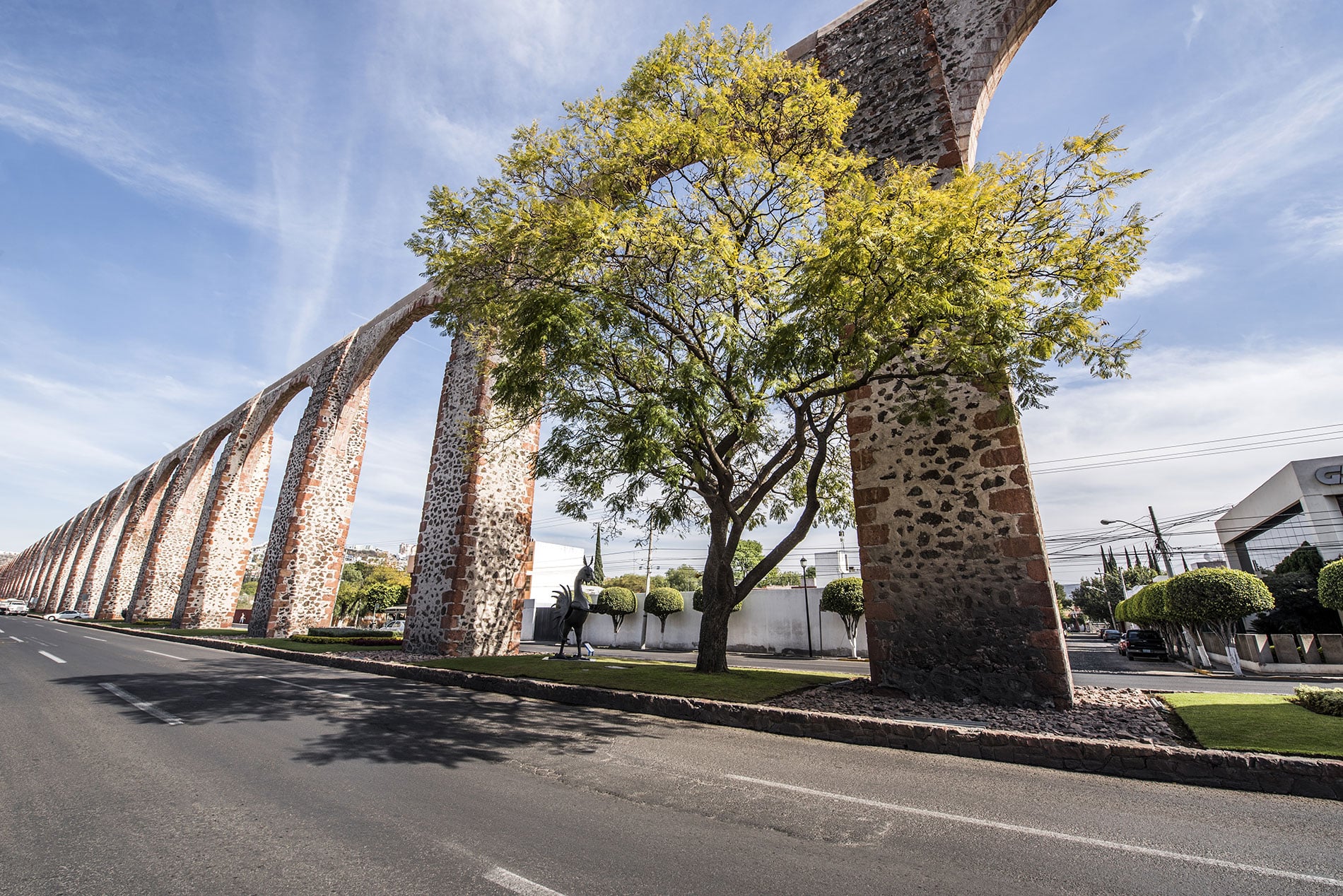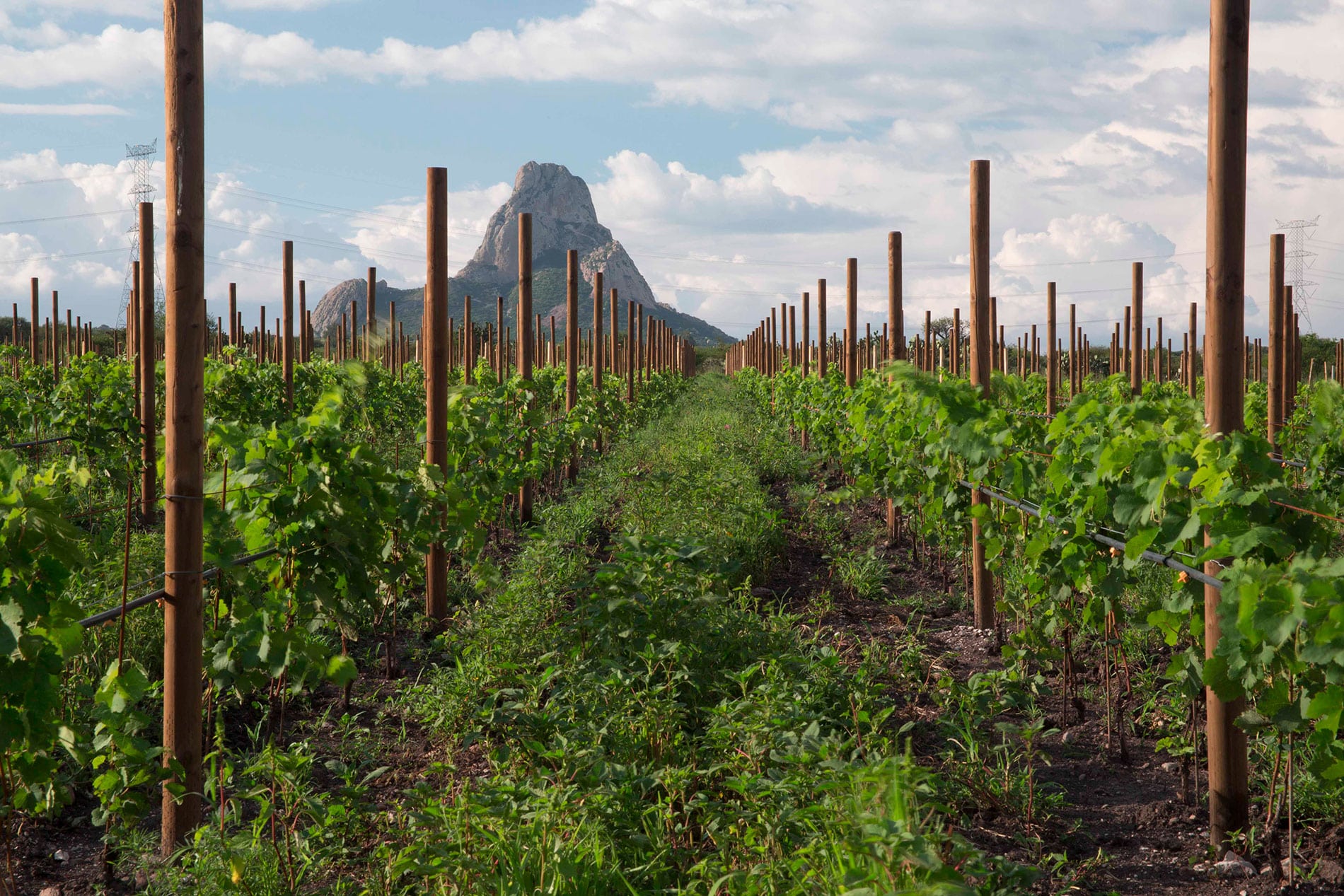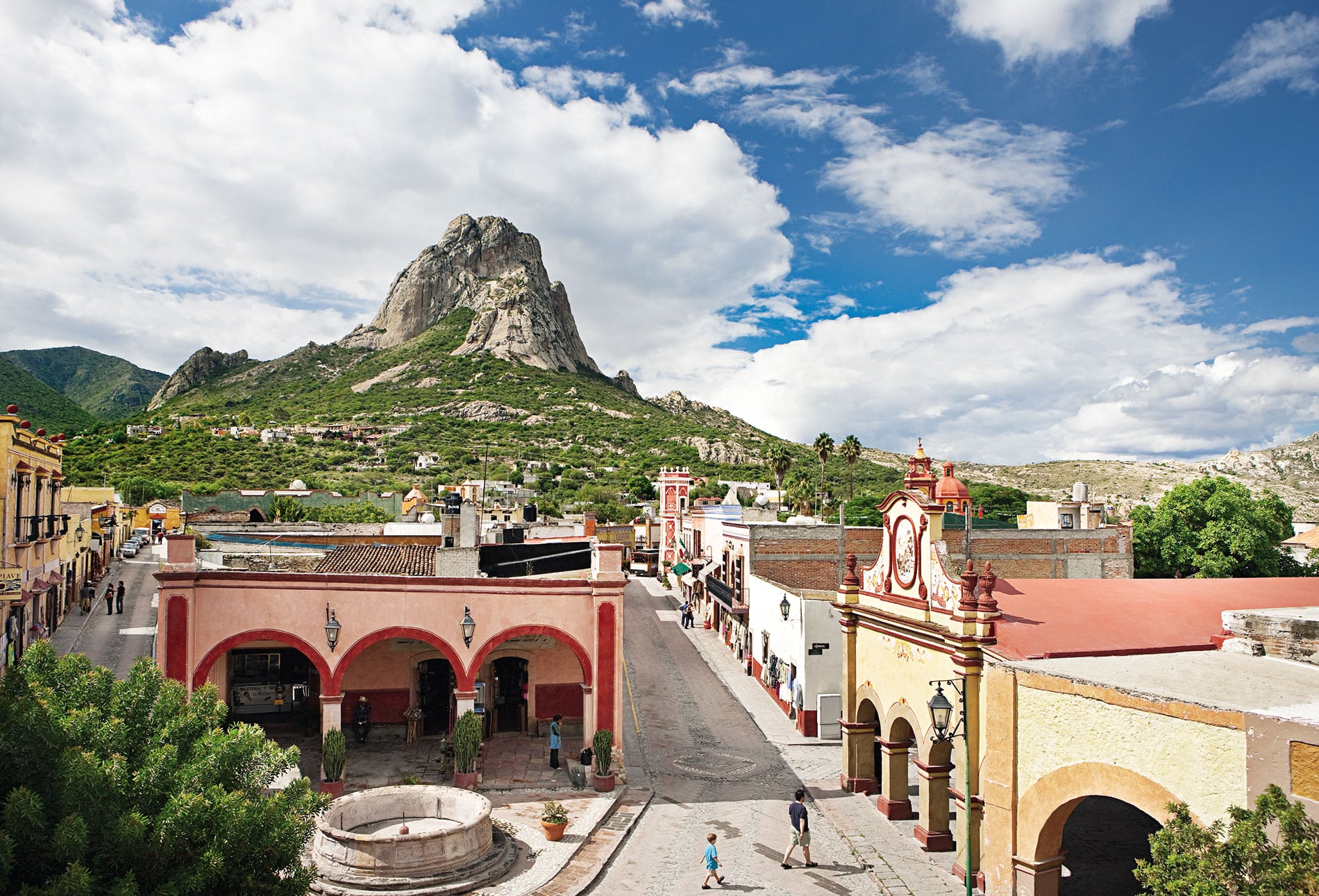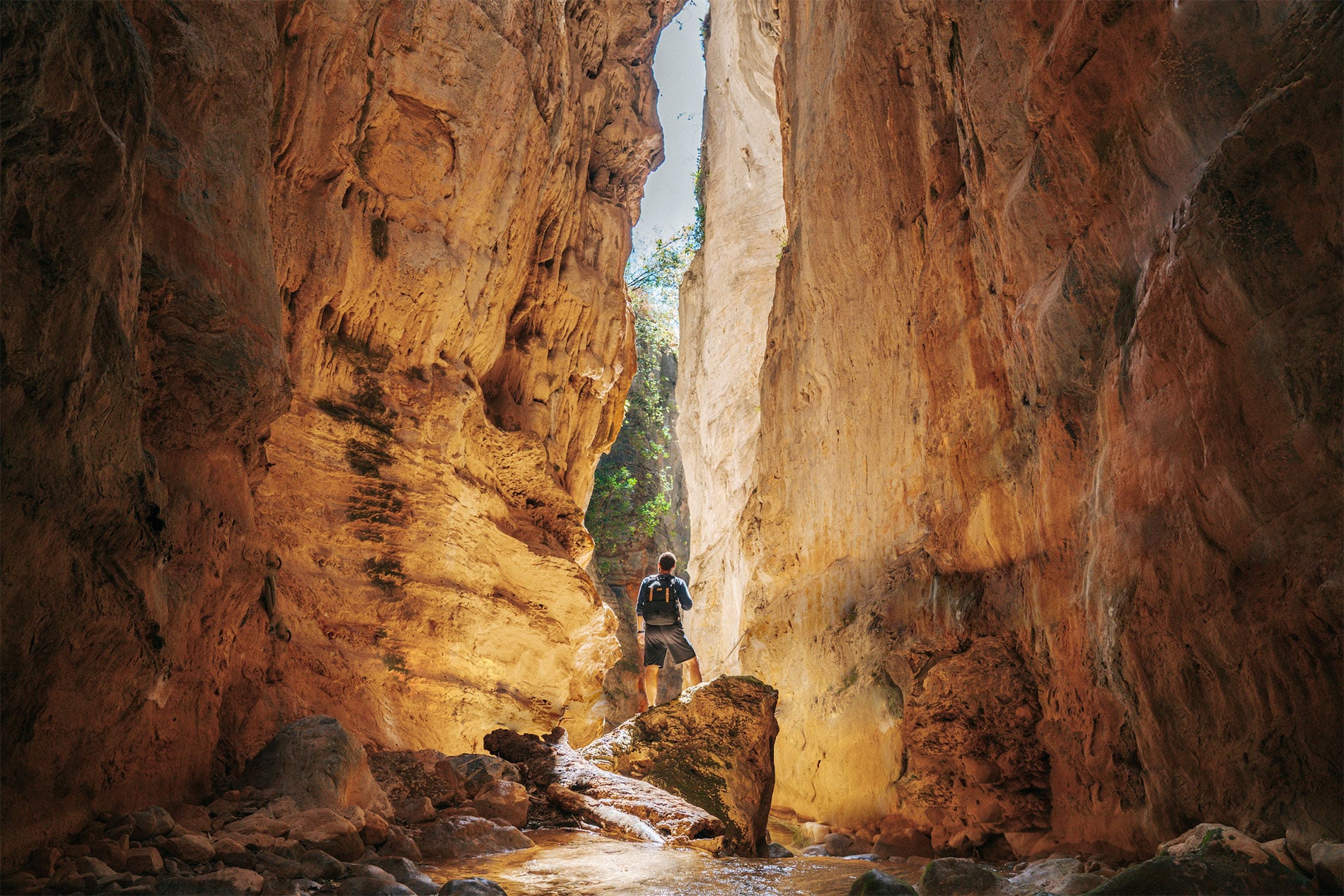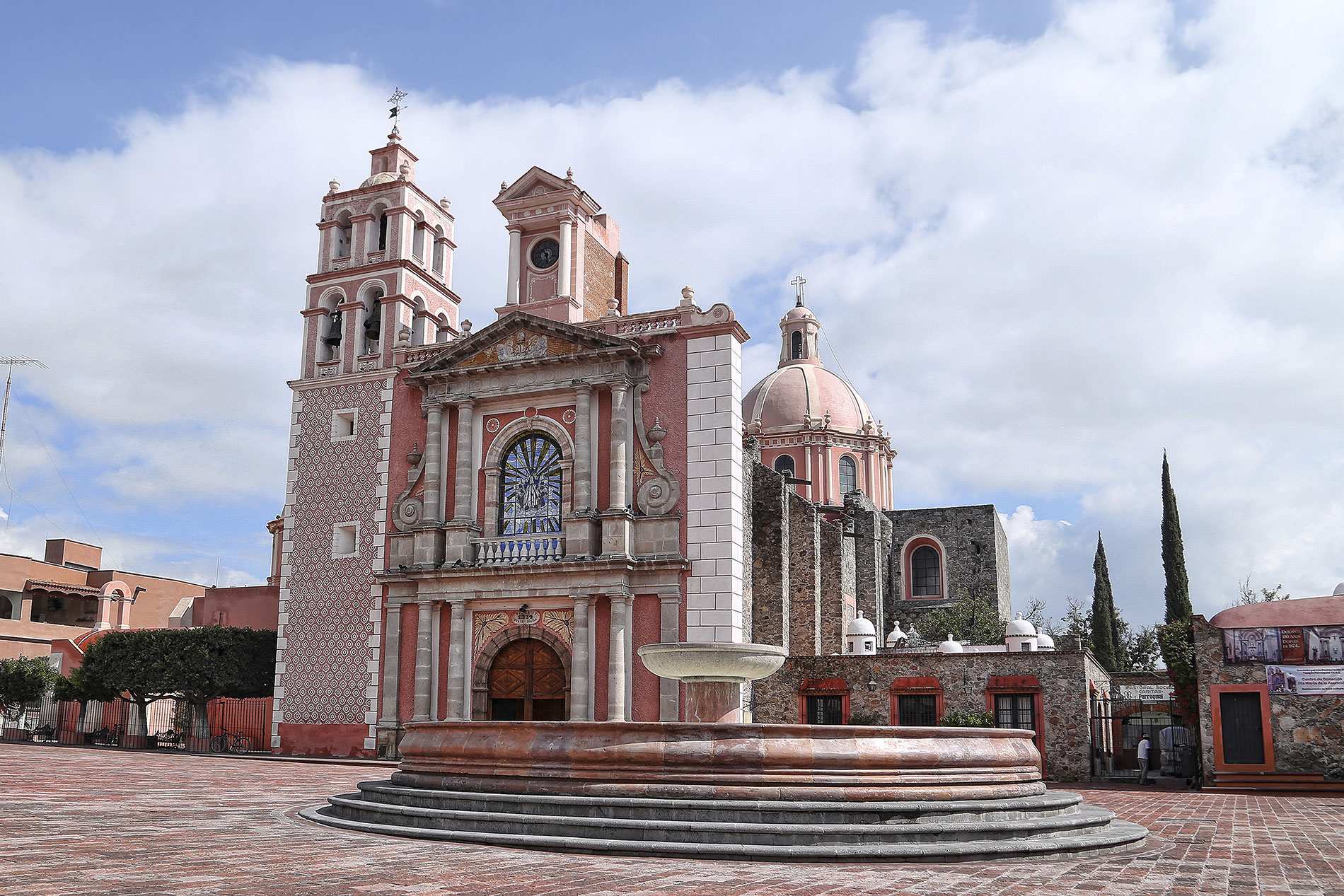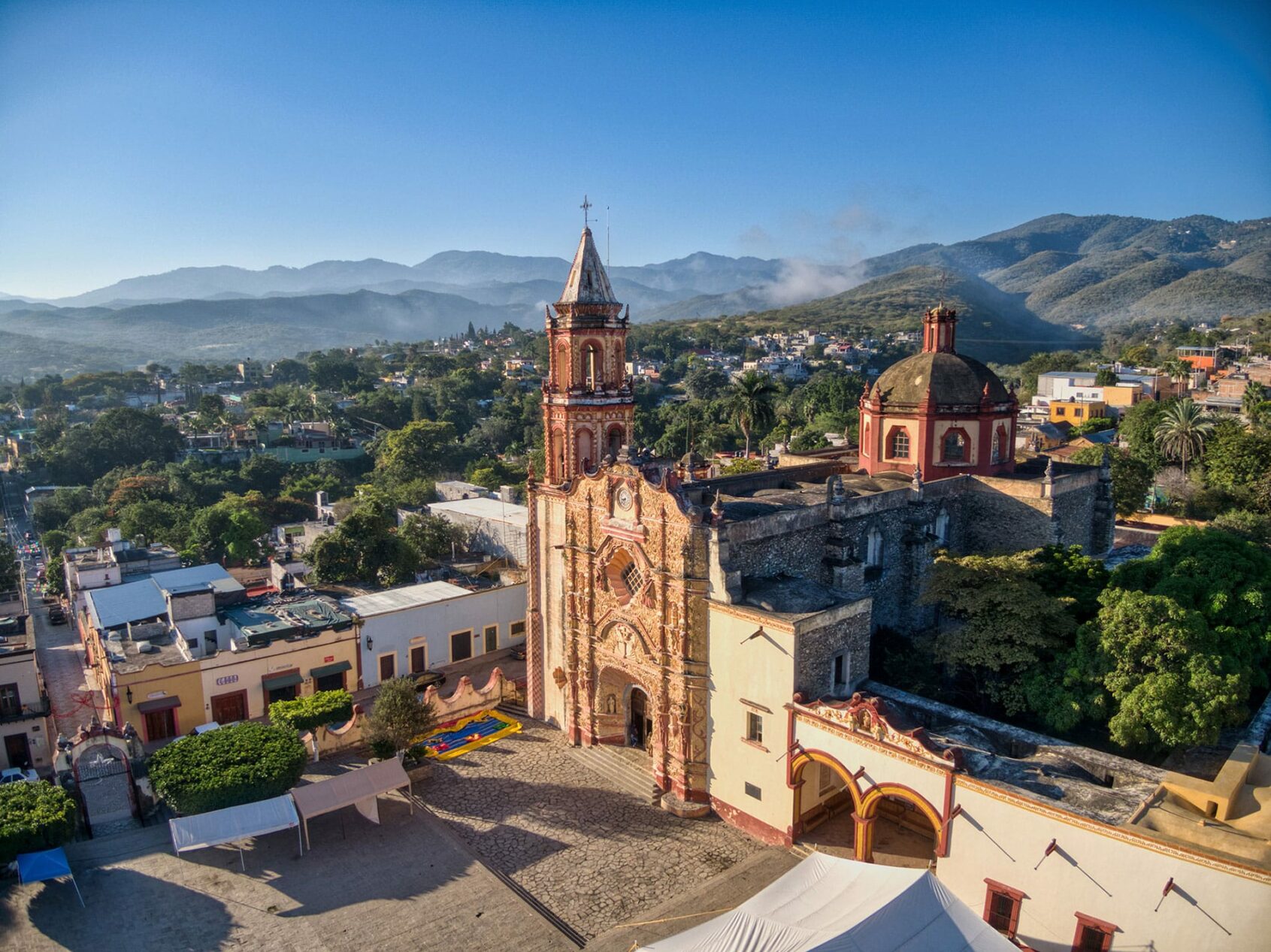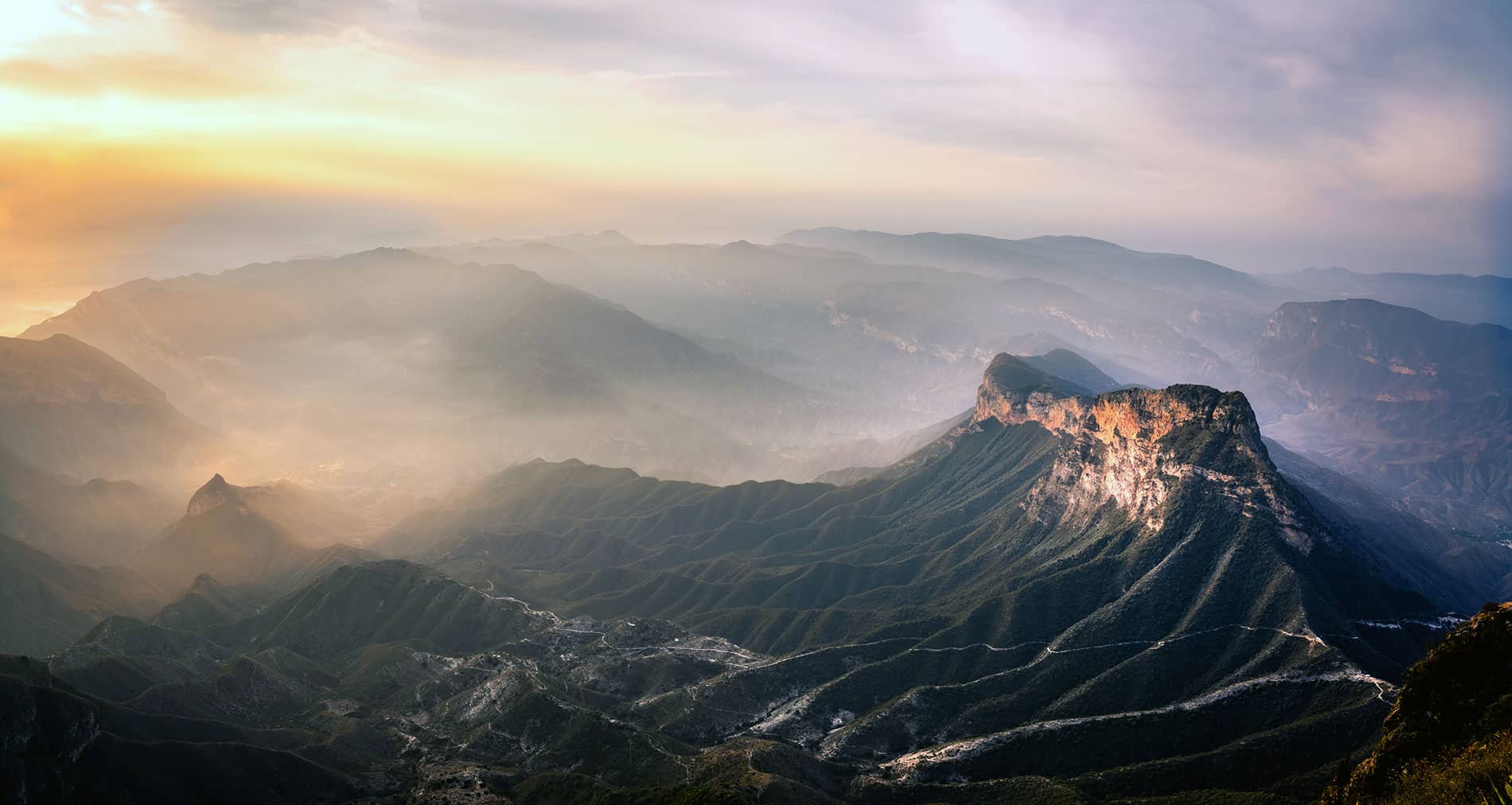API key not valid, or not yet activated. If you recently signed up for an account or created this key, please allow up to 30 minutes for key to activate.
A town full of history
Municipality located in the north of the State, bordered to the south by the magical town of Jalpan de Serra and to the north by San Ciro de Acosta, Lagunillas belonging to San Luis Potosí.

The first population of Spaniards to be established in the region was the San Nicolas Conca hacienda in 1533, which extended across a large part of the Sierra Gorda and territories that currently belong to the state of San Luis Potosi. In 1587 the Augustinians began the evangelizing task in Conca, indoctrinating the resistance of the Pames. In that sense, in the year 1601, Fray Lucas de los Angeles toured the region, baptizing 8 indigenous people, being a watershed of the territory for Christian conversion.
In the Mexican revolution, the municipality played a notable role in 1918, when on the land of the Conca hacienda a confrontation took place between General Saturnino Cedillo and Colonel Marcial Cevallos, who was helped by social defenses from the Sierra. Cedillo had previously invaded Arroyo Seco in 1917, killing innocent people, looting among other acts that harmed the civilian population.
Religious celebrations always give communities a special value. In the case of the municipality of Arroyo Seco, the most important ones that are open to celebrating with tourists are the following:
September 29 in Conca, San Miguel Arcangel is celebrated
December 8 in Purisima de Arista celebration of the Conception of Mary
December 12 in the municipality the celebration of the Blessed Virgin Mary of Guadalupe
CONCA MISSION, WORLD HERITAGE
San Miguel Conca, dedicated to Saint Michael the Archangel, is the smallest Franciscan Mission, built between 1750 and 1754.
Its indigenous influence is perceived through the details on its façade; symbols such as flowers, rabbits and even two-headed eagles adorn the property, giving it a mestizo meaning. Its name comes from pame, and means "with me." His name comes from pame, and means "with me."
The Franciscan Missions have been designated as Cultural Heritage of Humanity by UNESCO in 2003.

It is not known exactly when this wonderful tree dates from, however it is believed that it has been here since before the first settlers in the area.
Between its roots lies a spring that feeds it and gives more life to the place.
It is the second largest tree in Mexico, with a 22 meters of diameter.

ALL THE SEASONING OF THE MOUNTAINS
Arroyo Seco still has a great gastronomic world to explore in each of its communities, however, it already has attractive dishes, as well as traditional ones such as: fried mojarra, acamaya, green mole, pulque bread, derived from the honey, traditional fair bread, as well as enchiladas that are prepared throughout the region.
Gastronomy in Arroyo Seco promises to delight your palate with its traditional enchiladas serranas with cured meat or with its lamb barbecue covered with maguey leaves. For dessert, we recommend the chancaquilla, a typical piloncillo sweet with pumpkin seeds. And to drink, pulque, maguey honey or tile corn atole.
In the Municipal Head, they are dedicated to the elaboration of saddles, attractive leather quarters, small barrels and wooden barrels made with juniper to achieve water retention.
ECOTOURISM
Arroyo Seco has for the most part a low deciduous forest climate, however, it also has high parts of medium forest with oaks and pines such as the communities of “La Florida” or the Guayabos Wildlife Management Unit, located in the Tepame Ejido.
One of the most iconic tourist places is the Las Adjuntas area, which is in the community of Ayutla, where the main attraction is the meeting of two rivers. One is "Santa María", which comes from the State of Guanajuato, and from it runs warm water of an emerald green color, where along its flow you can see rapids. Meanwhile, the “Río Ayutla” has a crystalline turquoise color, with rock formations and pools. The main peculiarity of this site is that both rivers converge, but do not mix. In the community there is also a cane mill that is considered a historical vestige.
Another natural attraction is the Sotano de Barro, a gigantic chasm 455 meters deep and 500 meters free fall, located in the community of Santa María de Cocos, one of the main sites of ecological importance, since it is the temporary habitat of the Macaw, a green, endemic bird of the Sierra Gorda; The walk to get there is approximately 5 kilometers.
Dare to get to know Pinal de Amoles through its beautiful and cozy cabins, we are sure you will love them
Hacienda La Solariega is the ideal setting for the wedding of your dreams. Get to know one of its two spaces for events, fall in love with contact with nature and captivate your guests.
A new image of our official site to inspire you and find yourself in, with and within a new tourist destination in Mexico



